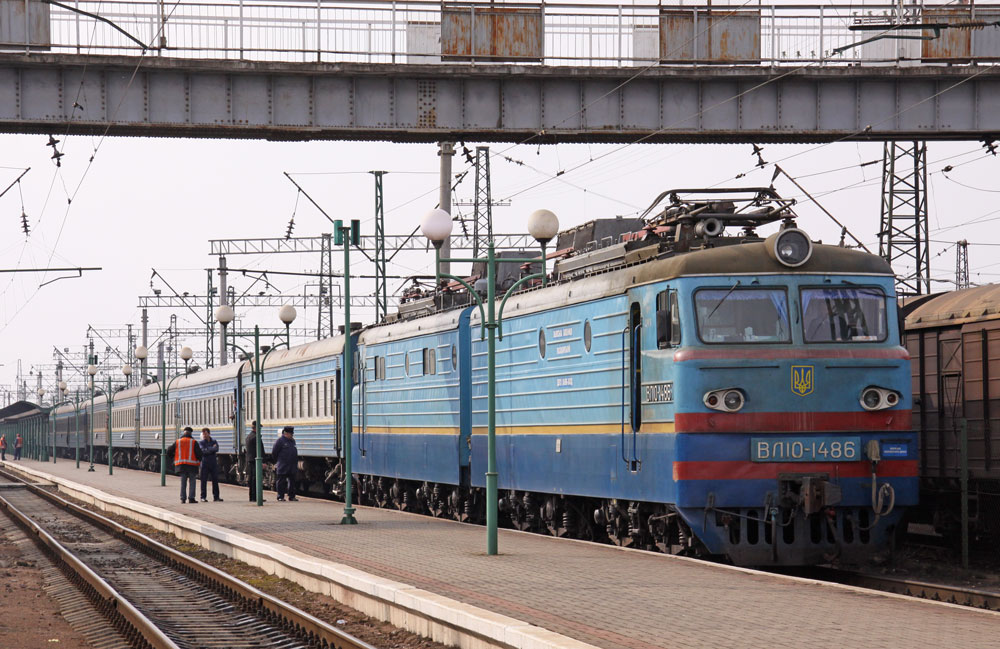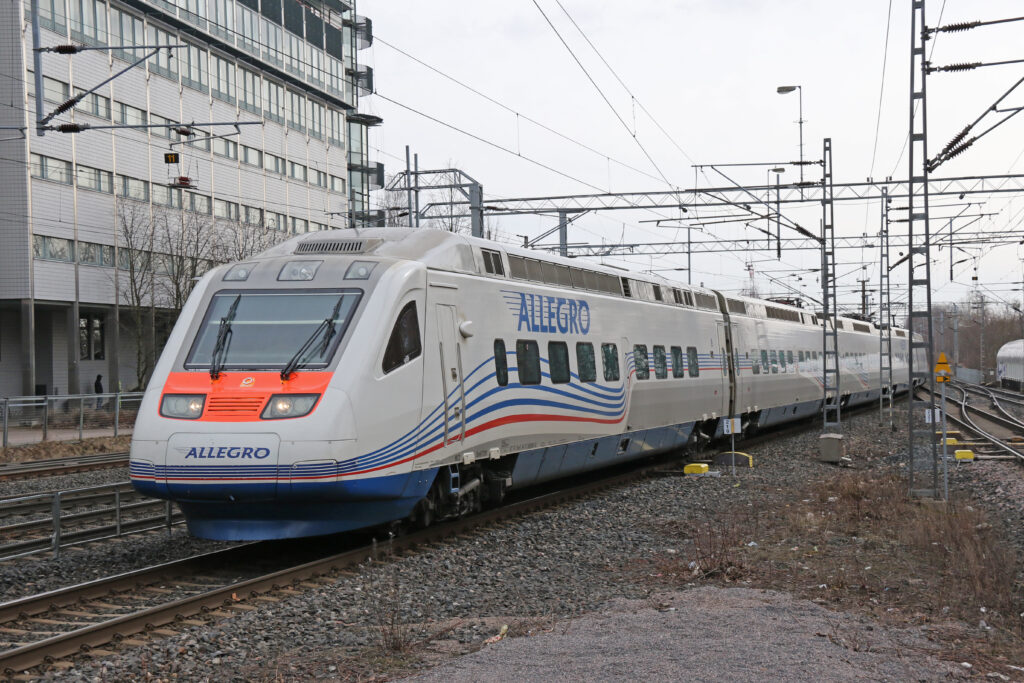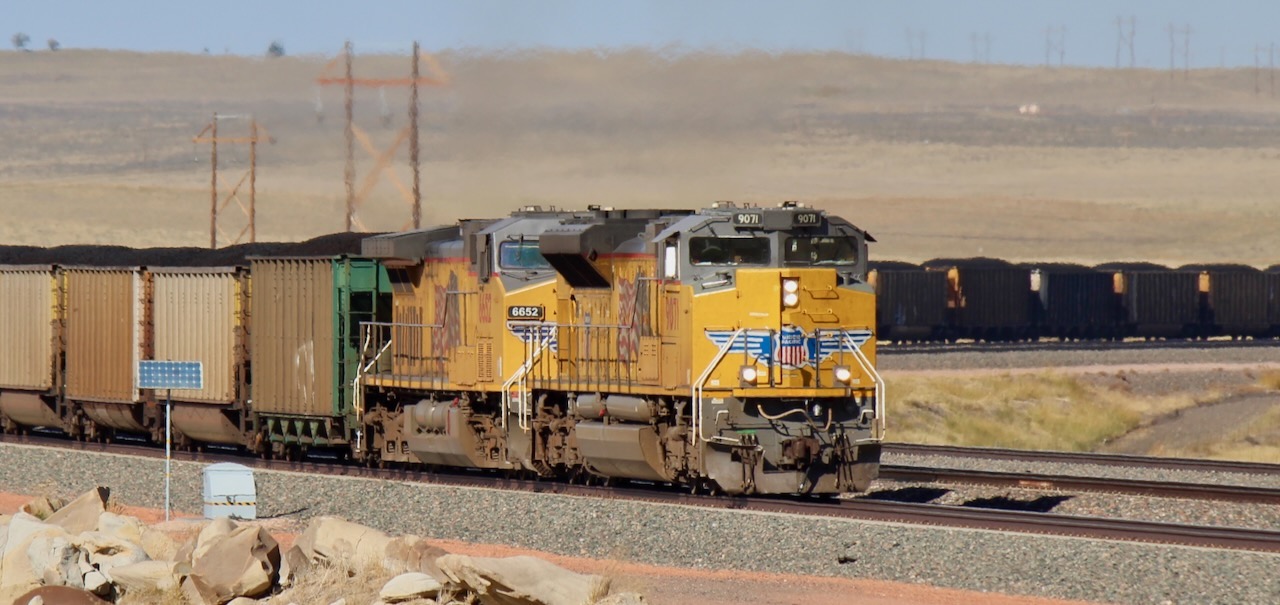
KRAMATORSK, Ukraine – A station in Kramatorsk, packed with refugees waiting for trains to take them westward, was hit by a Russian missile attack on April 8. The death toll updated by the Ukrainian government on April 10 stands at 57 with 109 injured. Pictures from the scene depict abandoned belongings and children’s toys, in some cases covered in blood. Parts of apparently unexploded missiles have also been photographed in the area.
The attack comes as Russian forces refocus their attack on Ukraine, which began on Feb. 24, in an attempt to conquer the easternmost parts of the country; the areas known as the Donbas comprising the areas around the cities of Donetsk and Luhansk, both have insurgent governments, which declared themselves independent of Ukraine in 2014.
Kramatorsk is a small city in eastern Ukraine, under the control of the Ukrainian government in Kyiv, located on the north-south main rail line connecting Sloviansk and regional capital Donetsk. Multiple news reports suggest that Russian forces are aiming to capture Sloviansk, which is approximately 10 miles north of Kramatorsk.
New normality returns to Kyiv and western Ukraine
Following the defeat of the initial Russian invasion force around the Ukrainian capital Kyiv, Russian forces have withdrawn from the immediate area. This has not resulted in the total end of attacks in central or western Ukraine. Russian forces continue to fire missiles into the area; some of these hitting locations near the port city of Odesa, close to the western border with NATO member Romania.
Kyiv is no longer in danger of artillery or short-range missile attack. As a result, a sense of normality is returning, albeit with the uncertainty of future Russian attacks. The Metro (subway) system is now fully functioning, with a handful of stations closed due to damage, and unlike the previous few weeks, is now being used mainly for transportation, rather than a shelter from artillery barrages. Some refugees who fled to western Ukraine are slowly returning to Kyiv. More than 4 million refugees who fled to neighboring European countries remain there. The number of people trying to reach Europe has dropped significantly since mid-March. [see “Railways help rescue millions, become targets after Russia attacks Ukraine” Trains News Wire, March 6, 2022]
Several prominent European politicians have visited Ukraine’s President Volodymyr Zelensky in Kyiv in recent days, all travelling by train from Poland, as flying is too dangerous given the possibility of Russian attacks. On April 8, the European Union President Ursula von der Leyen took the train from Przemyśl, Poland and on April 10, British Prime Minister Boris Johnson made the same trip.
Earlier in the conflict, on March 15, when there was a real chance of the train being caught in the Russian attacks, the prime ministers of Poland, the Czech Republic and Slovenia made the same trip together by train to meet with President Zelensky.
Post and grain by rail
Ukrainian national rail company Ukrzaliznytsia (UZ) announced plans to transport more mail and parcel traffic by rail as the country’s road network is now more dangerous to use and can be slower due to checkpoints and security arrangements aimed at identifying Russian forces. Working with country’s postal service, additional mail by rail services were introduced in early April.
UZ is also working with several European rail companies to improve rail freight links. Ukraine is a major exporter of corn and wheat, but currently has no ports from which merchant ships can operate. The Russian Navy is blockading Ukraine’s coastline, or ports are occupied by Russian soldiers. UZ would like to transport part of whatever harvest Ukraine’s famers can make this year westward by rail for export to Europe, and from ports there, around the world.
Sanctions on Russian transport but not Russian Railways
Several sets of economic sanctions have been imposed by the U.S., European Union and other international partners. The EU has sanctioned road transport to and from Russia and had already sanctioned air transport. Additionally, most European countries and the U.S. have banned Russian ships and cargoes, however, rail transport remains largely unaffected.
British sanctions on RZD, the Russian railway, imposed in late March, briefly lead to a cessation of rail freight traffic between Finland and Russia. Finland’s national rail company thought the sanctions applied to them; once the lawyers determined they did not, the trains—carrying mostly lumber from Russia to processing plants in Finland—started rolling again.
Passenger trains from Finland to Russia have stopped since March 27, after Finnish rail company VR was told by its government/owner that they were no longer appropriate. Until they stopped operating, most passengers were reported to be Russians fleeing their country. The few other direct rail passenger routes between Russia and western Europe stopped operating in 2020 due to the COVID-19 pandemic and have not resumed.














Horrific pictures of this event. Kremlin says UZ Rail was bringing in military supplies and then taking out refugees on same consist, therefore they bombed it.